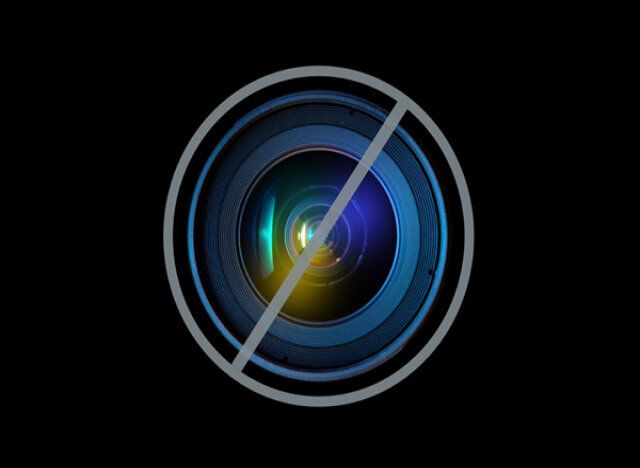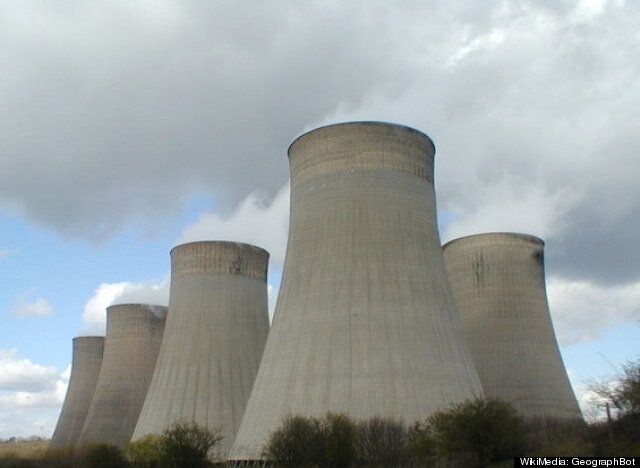The number of suspected cases of Legionnaires' disease in a deadly outbreak has increased to 37, the Scottish Health Secretary has said.
The number of confirmed cases in the south-west of Edinburgh remains at 24 but suspected cases have risen by 10 to 37 from an earlier update.
Of the 24 confirmed cases, 12 people are being treated in intensive care while five have been discharged from hospital.
One man has died, named locally as 56-year-old Robert Air from the Seafield area of the city.
Nicola Sturgeon also said two patients are being treated outside of the NHS Lothian area: in the Highlands and in the north of England.
"I want to stress that although these patients are being treated elsewhere, they are considered part of the south-west Edinburgh outbreak. They have had association with the affected area," the Health Secretary said.
Ms Sturgeon updated the figures at a press conference in St Andrew's House, the Scottish Government ministerial headquarters in Edinburgh.
Those going for medical treatment now are generally not as ill as at the start of the outbreak, she said.
Although the source has not been identified, a fresh round of chemical treatment is under way at cooling towers in the industrial area of the capital where the outbreak is centred.
Stressing that she is generalising, Ms Sturgeon said: "People that are being admitted to hospital with the symptoms of Legionnaires' disease are generally at the moment less ill than had been the case earlier in the outbreak.
"We're seeing fewer people, by no means nobody, but fewer people who are admitted to hospital going into intensive care and we're seeing an increase in the numbers of people who are actually well enough to be treated in the community."
NHS services in the area are busy but coping with the pressure, she said.
In an earlier update to the Scottish Parliament she said the prospect of further treatment to cooling towers was being considered.
At the latest update she said: "I can tell you now that re-treatment is now under way in towers where it was thought that may be necessary."

A micrograph picture of the Legionionella pneumophilia bactera. The bacteria replicates quickly, part of what makes the disease so infectious
The actual source may never be conclusively identified, she said.
"I would hope that over the next few days those investigations will start to deliver more specific answers on where the source of the outbreak might be."
Updates on the outbreak would be provided daily.
Meanwhile, NHS Lothian has begun delivering leaflets to households in the affected area, designed to answer questions about the disease and provide helpline numbers.
The Scottish Health Secretary said: "I think there are ultimately 35,000 going to be delivered. The first 15,000 are already in the process of being distributed but it's going to go to every door.
"I'm not sure if it's the first time NHS Lothian has ever done a leaflet drop like this but, whether it is or not, it's the right thing to do because information is key to make sure people are alert, aware of the symptoms and that they know what to do."
SEE ALSO:
A newly set-up helpline has received dozens of calls already, she said.
"I think over the period from 3 o'clock yesterday, when it went live, to this morning there was something in the region of 50 calls made to it. NHS 24 had also been reporting an increase in calls to their general line, which may have been related to Legionella."
Some calls made to the lines would be tracked over the coming days, Ms Sturgeon added.
Dr Duncan McCormick, of NHS Lothian, was also at the media conference.
He said more deaths from the disease cannot be ruled out: "We're hoping to see no further deaths. We're doing everything we can in terms of early diagnosis, appropriate treatment and intensive care, but I think we can't rule out any further deaths at this stage."
Earlier in the Scottish Parliament, Ms Sturgeon passed on her condolences to the family of the dead man.
The outbreak of the disease was the worst in Scotland since the 1980s.
"In Scotland we would normally expect to see around 30 to 40 Legionella cases each year. Typically around half of these cases are contracted abroad. But we also see indigenous cases, and it is not unusual to see single sporadic cases of community-acquired Legionella.

Water cooling towers are thought to be responsible for the outbreak
"However, outbreaks of the size we are currently seeing here in Edinburgh are rare in Scotland. The last time we had an outbreak of this scale was, I understand, in the 1980s in Glasgow."
Legionnaires' disease is an uncommon but serious form of pneumonia, caused by bacteria distributed widely in natural and artificial water supplies.
Ms Sturgeon said: "Clearly, the numbers of confirmed and possible cases have continued to rise over the course of yesterday. This is not unexpected and we expect to see further cases over the next week. The incubation period for Legionnaires' disease can be up to two weeks, although it will more normally be in the region of five or six days.
"It is therefore vital that we ensure that the public are aware of the symptoms and that the NHS is primed to quickly identify, diagnose and treat cases."
She said she was "satisfied" that appropriate action is being taken to alert the public and prepare medical services.
NHS Lothian staff acted "swiftly" to set up a team to deal with the outbreak, she said. That was done on Sunday, three days after the first case of the disease was confirmed.
After the initial case came to light a week ago, a second was confirmed on Saturday, with another two on the Sunday. The source of the disease was judged unlikely to be indoors, such as a spa or swimming pool.
Most outdoor outbreaks of Legionnaires' are said to come from cooling towers.
Ms Sturgeon said that, on the Sunday night and Monday, cooling towers at four sites in the area were "shock-dosed" with chemicals to treat bacterial growth and, over the last two days, a further three towers in two different sites were tested and treated.